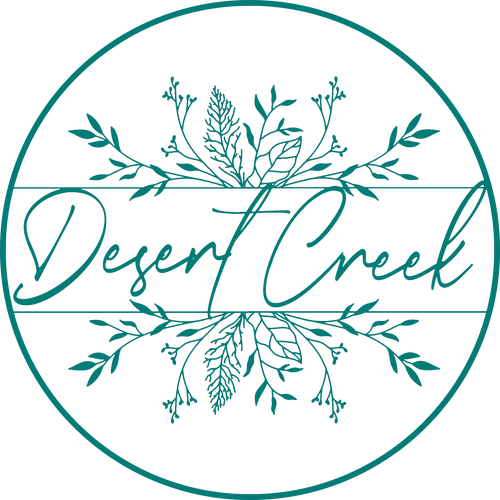Our Products and their Origins
Many of our cabochons are cut from byproducts of other industries while most others are man-made.
All cabochons are individually hand cut by us in the UK, we do not import finished cabochons for re-sale.
Here you will find a brief overview of our most commonly used products and where they originate.
Fordite:
Fordite is cured excess car paint which accumulates during the car painting process. This is cut and polished to create unique up-cycled cabochons. It was given its name as the original product came from Ford's factories in Detroit, most of today's Fordite is not made up of Ford paint. However, it is only Fordite if it is created from cured automotive paint.
The majority of our Fordite is sourced from modern SUV and truck production plants in Ohio and Michigan, USA from 2017 onwards.
If you require information about a specific item, please don't hesitate to ask.
Surfite:
Although some reference maybe made to Surfite being a “stone”, it is not. Surfite is a manmade material and is created by using the resin which built up in surfboard workshops. The resin is applied at the final stage of waterproofing a surfboard in a process called glassing.
The overspill and excess cure over time and can then be cut like stone.
We usually use three different sources for Surfite - our local Welsh Surfite, which we collect from Guts Surfboards on the Gower, Californian Surfite which originates in two custom surfboard shops in Oceanside, Southern California and Oregon Surfite - this is overspill resin form a board maker in the Pacific North West which is poured in drips to create these unique patterns.
Bridewell Stone:
Created by Bridewell & Bridewell in Kentucky, USA, this amazing man made material is made by melting down natural minerals at volcanic temperatures before cooling them down allowing them to form crystals.
Mohave Purple Turquoise:
Mohave Purple Turquoise is a man-made composite material created by the people who run the Kingman Turquoise mine in Arizona.
This particular variety consists of a mix of stabilised naturally coloured turquoise, dyed turquoise and bronze.
Recyled Art Glass:
These cabochons are created from the glass remnants of a closed down glass factory in Ohio. The chunks of glass are cut into slabs, much like a natural rock and then are individually cut into cabochons.
Welsh Blue/Sieber Agate/Rosarita:
The material used to create Welsh Blue cabochons is a byproduct of the iron smelting process, while Sieber Agate is formed during the smelting of copper, a mix of remnants of iron/copper and sand used in the blast furnaces to make iron/copper. Due to the high sand content these cabochons are similar to glass but display a wide variety of colours, patterns and textures often created by burst air bubbles - only adding to their charm. The rough material for the Welsh Blue originated in the Rhondda Valley of South Wales, UK while the Sieber Agate raw material comes from Germany. Both are similar to their popular American counterpart - the Leland Blue.
Rosarita is the gold smelting version of the above, with colours ranging from vibrant yellow to burgundy dark reds.
Bowlerite
These cabochons are created from out of commission bowling balls. These bowling balls would have been played on lanes in the UK but usually originate from the US. If you would like to know which brand of bowling ball a specific piece came from, please ask.
This material may scuff easily, but can be polished back to a shine.
Lab-Grown Opals
Aurora Opal
This type of resin based synthetic opal is a playful alternative to natural opal. Its swirly patterns allow it to show different colours from all angles, making each cut cabochon truly unique.
It has a hardness of 4 on the MOHS scale.
Sterling Opal
Our Sterling Opal is sourced directly from the lab in which it is created in the USA. This verity's colour play is similar to those in naturally occurring opal, as no artificial colours are added, all colours come from light refraction.
Sterling Opal is classified by the GIA as a true synthetic opal and has a hardness of 5 to 5.5 on the MOHS scale.
